Home>Home Maintenance>What Is A Solar Ventilation System For A Prius
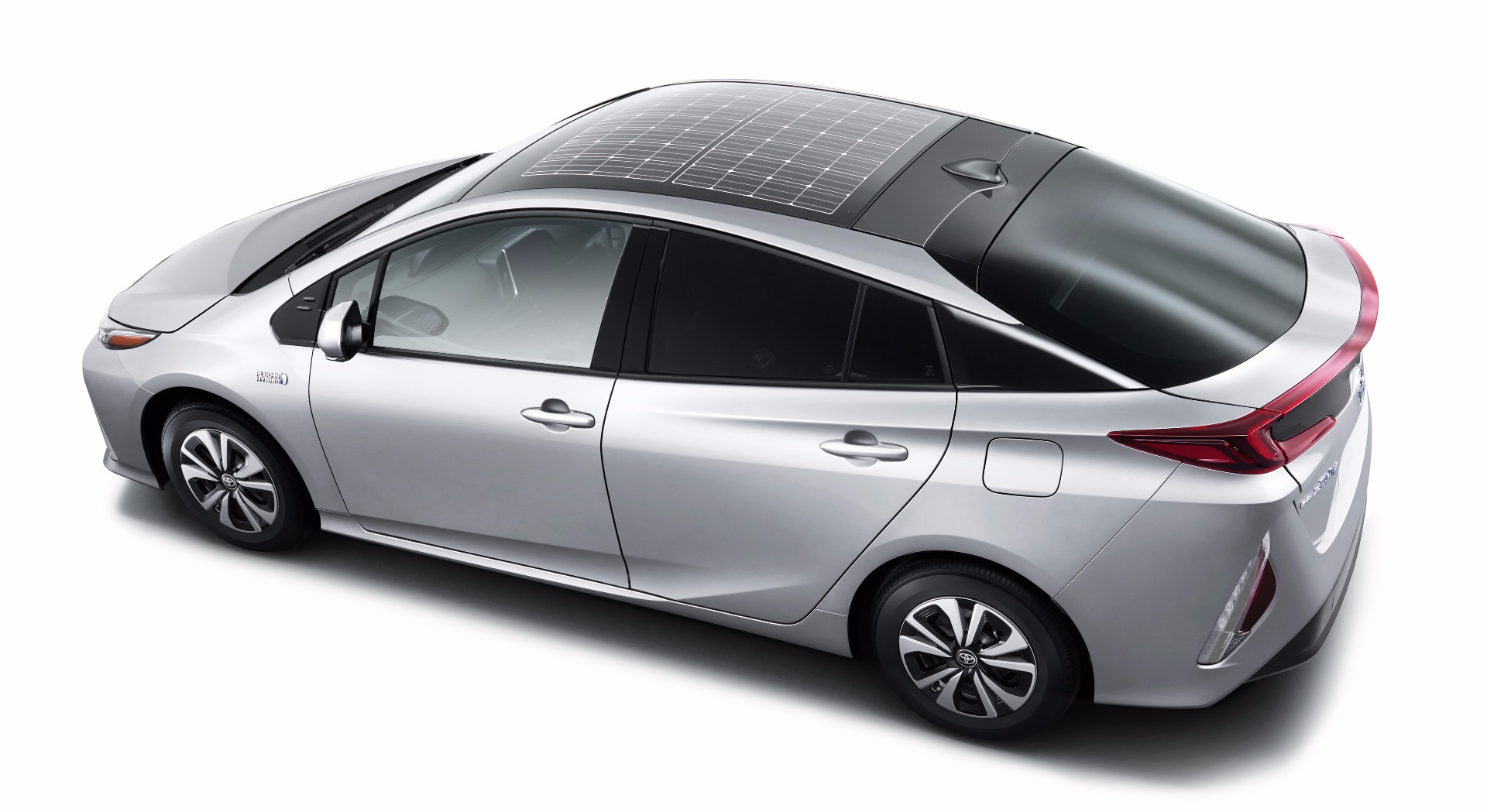

Home Maintenance
What Is A Solar Ventilation System For A Prius
Modified: March 6, 2024
Learn how a solar ventilation system can improve the maintenance of your Prius, enhancing its energy efficiency and reducing your carbon footprint.
(Many of the links in this article redirect to a specific reviewed product. Your purchase of these products through affiliate links helps to generate commission for Storables.com, at no extra cost. Learn more)
Introduction
A solar ventilation system is a revolutionary technology that utilizes solar power to provide ventilation and air circulation in a Prius vehicle. It is designed to improve the overall comfort and air quality inside the car, especially during hot summer days when the temperature can rise to unbearable levels.
With traditional ventilation systems, the car relies on the use of the air conditioning system, which can drain the battery and reduce fuel efficiency. However, a solar ventilation system offers a more sustainable and energy-efficient solution by harnessing the power of the sun and converting it into ventilation power.
In this article, we will explore how a solar ventilation system works, its benefits, installation process, maintenance, and how it compares to traditional ventilation systems. So, let’s dive in and discover the world of solar-powered ventilation!
Key Takeaways:
- Solar ventilation systems for Prius use sunlight to power a fan, keeping the car cool and improving air quality without draining the battery or reducing fuel efficiency.
- Installing a solar ventilation system in your Prius offers long-term cost savings, improved comfort, and contributes to a more sustainable and eco-friendly driving experience.
Read more: How To Mount A Solar Conduit
How Does a Solar Ventilation System Work?
A solar ventilation system for a Prius works by utilizing solar energy to power a ventilation fan that circulates air inside the car. The system consists of solar panels, a ventilation fan, and a control unit.
The solar panels are typically installed on the roof of the vehicle and are responsible for capturing sunlight and converting it into electrical energy. The panels are made up of photovoltaic cells that contain semiconductor materials, usually silicon, which generate electricity when exposed to sunlight. This electricity is then used to power the ventilation fan.
The ventilation fan is strategically placed inside the car to draw in fresh air from the outside and expel stale air from the interior. The fan operates silently and efficiently, creating a continuous airflow that helps cool down the car and remove any unpleasant odors or pollutants.
The control unit serves as the brain of the solar ventilation system, regulating the operation of the fan based on various factors such as sunlight intensity, temperature, and air quality. It ensures that the fan operates optimally while maximizing energy efficiency.
When the solar panels receive sunlight, they generate electricity, which is stored in a rechargeable battery connected to the control unit. This stored energy is used to power the ventilation fan even when the vehicle is not in direct sunlight, such as during cloudy days or nighttime. This ensures that the ventilation system remains functional and effective in all conditions.
It is important to note that a solar ventilation system does not rely on the car’s battery or engine to operate, making it independent and reducing the strain on the vehicle’s electrical system. This, in turn, contributes to improved fuel efficiency and extends the overall battery life of the Prius.
In summary, a solar ventilation system harnesses solar energy to power a ventilation fan, creating a continuous airflow inside the car without relying on the vehicle’s battery or engine. It provides a sustainable and efficient solution to maintain optimal air quality and comfort in your Prius.
Benefits of a Solar Ventilation System
A solar ventilation system for a Prius offers numerous benefits that make it a worthwhile investment for any car owner. Let’s explore some of the key advantages of installing a solar ventilation system:
- Improved Comfort: A solar ventilation system helps keep the interior of your Prius cool, even on hot summer days. By continuously circulating fresh air, it prevents the car from becoming stuffy and uncomfortable.
- Energy Efficiency: Unlike traditional ventilation systems that rely on the car’s battery or engine, a solar ventilation system operates independently using solar energy. This not only reduces the strain on the vehicle’s electrical system but also enhances fuel efficiency by minimizing the use of the air conditioning system.
- Environmentally Friendly: By utilizing clean and renewable solar energy, a solar ventilation system contributes to a greener and more sustainable environment. It reduces the carbon footprint of your Prius by decreasing the energy consumption associated with cooling and air circulation.
- Protection of Interior: Excessive heat and prolonged exposure to sunlight can cause damage to your car’s interior, including fading of upholstery and warping of plastic components. A solar ventilation system helps mitigate these risks by keeping the temperature inside the car at a comfortable level and reducing the harmful effects of UV rays.
- Improved Air Quality: The continuous airflow provided by a solar ventilation system helps keep the air inside your Prius fresh and free from odors, pollutants, and allergens. This is particularly beneficial for individuals with respiratory conditions or allergies.
- Quiet and Hassle-Free Operation: Solar ventilation systems operate silently and require minimal maintenance. Once installed, they work automatically, utilizing solar energy and the control unit to regulate the fan’s operation without any manual intervention.
- Long-Term Cost Savings: While the initial installation cost of a solar ventilation system may be higher compared to traditional ventilation systems, it offers long-term cost savings. The reduced reliance on the car’s battery and engine decreases maintenance and replacement costs, while the energy efficiency helps lower fuel consumption.
- Versatility: Solar ventilation systems can be customized to fit various car models, including different Prius models. They are designed to be compatible with the specific dimensions and requirements of the vehicle, ensuring a seamless integration and optimal performance.
Overall, a solar ventilation system combines comfort, energy efficiency, environmental sustainability, and protection for your Prius, making it a valuable addition that enhances the driving experience and promotes a healthier and more enjoyable journey.
Installation Process for a Solar Ventilation System
The installation of a solar ventilation system in a Prius is a relatively straightforward process and can be done by a professional installer or a DIY enthusiast. Here’s a general overview of the installation process:
- Select the Right System: Start by choosing a solar ventilation system that is compatible with your Prius model. Consider factors such as the size of the solar panels, the capacity of the ventilation fan, and any additional features you may desire.
- Prepare the Vehicle: Thoroughly clean the roof of your Prius to ensure that it is free from dust, debris, and any other substances that may interfere with the installation process. Remove any existing accessories or roof racks that may hinder the placement of the solar panels.
- Mount the Solar Panels: The solar panels are typically mounted on the roof of the vehicle using adhesive tape or brackets. Follow the instructions provided by the manufacturer to securely attach the panels in the designated location. Make sure they are positioned to receive maximum sunlight exposure.
- Connect the Wiring: Carefully route the wiring from the solar panels to the control unit inside your car. This may require removing some interior trim panels to conceal the wiring and ensure a neat and professional installation.
- Install the Control Unit: Find a suitable location inside your vehicle to mount the control unit. This is typically placed in a discreet and easily accessible area, such as the dashboard or center console. Connect the wiring from the solar panels to the control unit.
- Connect the Ventilation Fan: Install the ventilation fan in a suitable spot inside your Prius. This can vary depending on the specific model and design of your vehicle. Ensure that the fan is properly secured and connected to the control unit.
- Test and Fine-Tune: Once the installation is complete, it is important to test the solar ventilation system to ensure proper functionality. Turn on the system and observe the fan operation and the charging of the battery. Make any necessary adjustments or fine-tuning to optimize performance.
It is crucial to note that while the installation process may be manageable for some individuals, it is recommended to consult a professional if you are unsure or inexperienced with automotive electrical installations. They can provide expert guidance and ensure a safe and reliable installation.
Remember to follow the manufacturer’s instructions and any applicable safety guidelines throughout the installation process. By installing a solar ventilation system in your Prius, you can enjoy the benefits of enhanced comfort and air circulation while contributing to a more sustainable and eco-friendly driving experience.
When installing a solar ventilation system in a Prius, make sure to position the solar panel in a location with direct sunlight for maximum efficiency in charging the ventilation system.
Maintenance and Care of a Solar Ventilation System
Maintaining a solar ventilation system for your Prius is essential to ensure its optimal performance and longevity. Here are some maintenance tips and care guidelines to keep in mind:
- Regular Inspections: Periodically inspect the solar panels, ventilation fan, and wiring connections for any signs of damage, such as cracks, loose connections, or corrosion. Promptly address any issues to prevent further damage and maintain optimal functionality.
- Clean the Solar Panels: Keep the solar panels clean and free from dirt, dust, and debris. Regularly wipe the panels with a soft cloth, and if necessary, use a mild soap solution to remove stubborn stains or residue. Avoid using abrasive cleaners or tools that may scratch the surface of the panels.
- Ensure Proper Sunlight Exposure: Trim any overhanging branches or obstructions that may cast shadows on the solar panels. Maintain an unobstructed view for the panels to receive maximum sunlight exposure and generate sufficient energy for the ventilation system.
- Check the Control Unit: Monitor the control unit periodically to ensure that it is functioning properly. Pay attention to any error codes or indicators that may indicate a malfunction. If you encounter any issues, consult a professional for assistance.
- Clean or Replace the Ventilation Fan: Depending on usage and environmental factors, the ventilation fan may accumulate dust or debris over time. Regularly clean the fan or consider replacing it if it shows signs of wear or diminished performance. Refer to the manufacturer’s guidelines for specific instructions.
- Battery Maintenance: If your solar ventilation system includes a rechargeable battery, be sure to monitor its charge level and voltage regularly. Follow the manufacturer’s recommendations for battery maintenance, such as proper storage and periodic charging, to prolong its lifespan.
- Professional Servicing: Consider scheduling periodic professional servicing or inspections of your solar ventilation system. Experts can perform thorough checks, identify any potential issues, and provide recommendations for maintenance or repairs.
- Protect from Extreme Temperatures: Extreme heat or cold can affect the performance and lifespan of the solar ventilation system. If your vehicle will be exposed to extreme temperature conditions for an extended period, consider taking precautions, such as parking in shaded areas or using sunshades, to minimize the impact.
By following these maintenance and care guidelines, you can ensure that your solar ventilation system operates efficiently, delivers optimal air circulation, and remains in good working condition for years to come.
Read more: What Is Solar Glass
Comparison with Traditional Ventilation Systems
When considering a solar ventilation system for your Prius, it’s important to understand how it compares to traditional ventilation systems. Let’s explore the key differences and advantages of a solar ventilation system:
Energy Source: Traditional ventilation systems rely on the car’s battery or engine to power the fan and circulate air. In contrast, a solar ventilation system utilizes solar panels to harness the power of the sun, making it a more energy-efficient and sustainable option.
Fuel Efficiency: The use of a solar ventilation system reduces the reliance on the car’s battery and engine, contributing to improved fuel efficiency. By minimizing the load on the electrical system, it ensures that more energy is available for the propulsion of the vehicle, resulting in better mileage.
Battery Life: A solar ventilation system helps extend the battery life of the Prius. By utilizing solar power for ventilation, it reduces the drain on the battery and avoids the need for additional charging cycles. This can result in a longer lifespan for the battery and lower maintenance costs.
Environmental Impact: Solar ventilation systems are more environmentally friendly compared to traditional systems. By using renewable solar energy, they reduce greenhouse gas emissions and contribute to a greener and more sustainable driving experience.
Cost Savings: While the initial investment for a solar ventilation system may be higher than that of a traditional system, it offers long-term cost savings. The improved fuel efficiency and reduced reliance on the car’s battery can result in lower fuel consumption and maintenance expenses.
Independence from Electrical System: Solar ventilation systems operate independently from the car’s electrical system, reducing the strain on the battery and minimizing the risk of electrical issues. This ensures reliable performance and eliminates the need for additional electrical modifications or upgrades.
Continuous Operation: A solar ventilation system operates continuously, drawing in fresh air and expelling stale air even when the car is parked or not in use. This helps maintain the comfort and air quality inside the vehicle, reducing the need for excessive use of air conditioning upon entry.
Quiet and Automatic Operation: Solar ventilation systems operate silently and automatically without the need for manual intervention. Once installed, they work seamlessly in the background, constantly maintaining a comfortable and fresh interior without any hassle.
Overall, a solar ventilation system offers numerous advantages over traditional ventilation systems, including improved energy efficiency, reduced environmental impact, extended battery life, and long-term cost savings. By harnessing the power of the sun, it enhances comfort and air quality in your Prius while promoting sustainable driving practices.
Conclusion
A solar ventilation system for a Prius offers a revolutionary solution to enhance comfort, improve air quality, and reduce the environmental impact of your vehicle. By harnessing the power of the sun, this innovative technology provides continuous airflow and ventilation without relying on the car’s battery or engine.
Throughout this article, we have explored how a solar ventilation system works, its benefits, installation process, maintenance, and how it compares to traditional ventilation systems. From improved energy efficiency and fuel savings to extended battery life and reduced carbon footprint, a solar ventilation system offers a range of advantages that make it a worthwhile investment.
By utilizing solar energy, a solar ventilation system promotes a more sustainable and eco-friendly driving experience. It helps maintain a cool and comfortable interior even on hot summer days, while continuously circulating fresh air to improve air quality and eliminate odors or pollutants.
The installation process is relatively straightforward, and with proper maintenance and care, your solar ventilation system can provide optimal performance for years to come. Regular inspections, cleaning of solar panels, and monitoring of the control unit are essential to ensure efficient operation and prevent potential issues.
When comparing solar ventilation systems to traditional ventilation systems, the use of renewable energy, improved fuel efficiency, extended battery life, cost savings, and independence from the car’s electrical system set solar ventilation systems apart.
In conclusion, a solar ventilation system is an excellent addition to your Prius, providing a sustainable, cost-effective, and comfortable solution for air circulation and ventilation. By investing in this innovative technology, you not only enhance your driving experience but also contribute to a greener and more eco-conscious future.
So, why wait? Embrace the power of the sun and experience the benefits of a solar ventilation system in your Prius today!
Frequently Asked Questions about What Is A Solar Ventilation System For A Prius
Was this page helpful?
At Storables.com, we guarantee accurate and reliable information. Our content, validated by Expert Board Contributors, is crafted following stringent Editorial Policies. We're committed to providing you with well-researched, expert-backed insights for all your informational needs.
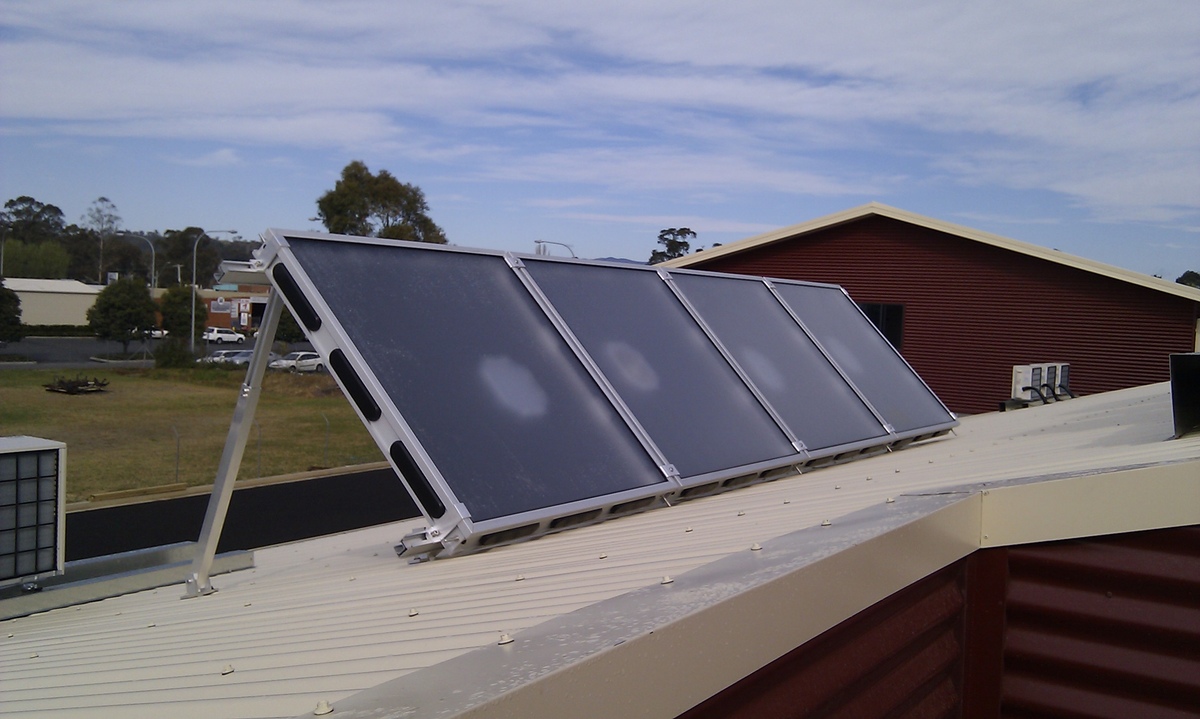
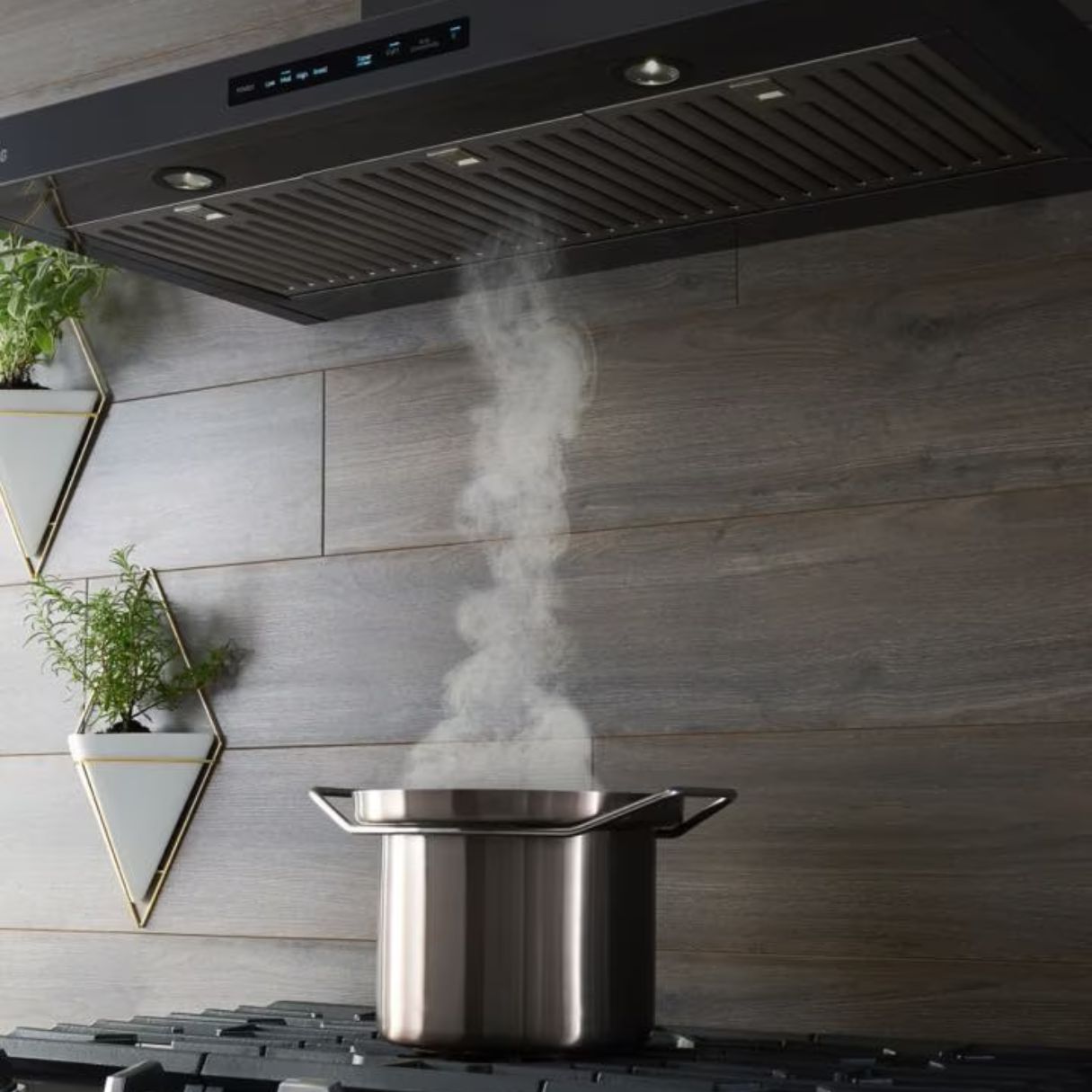
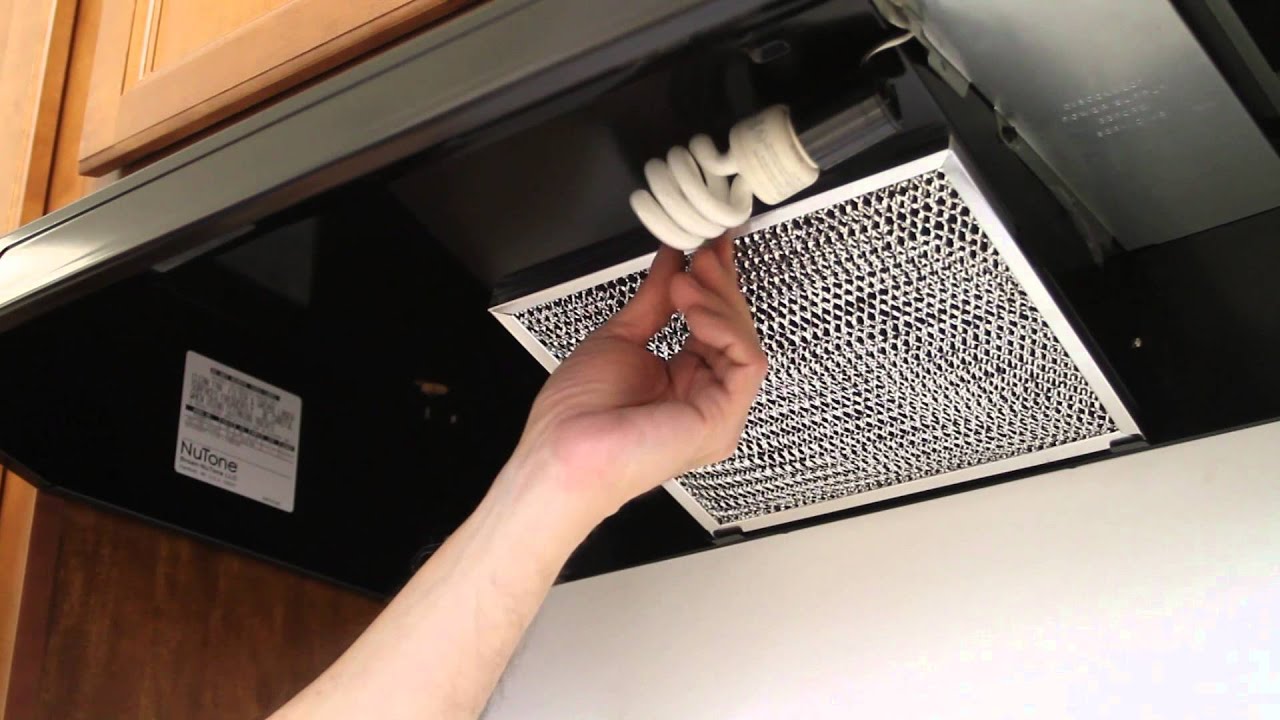

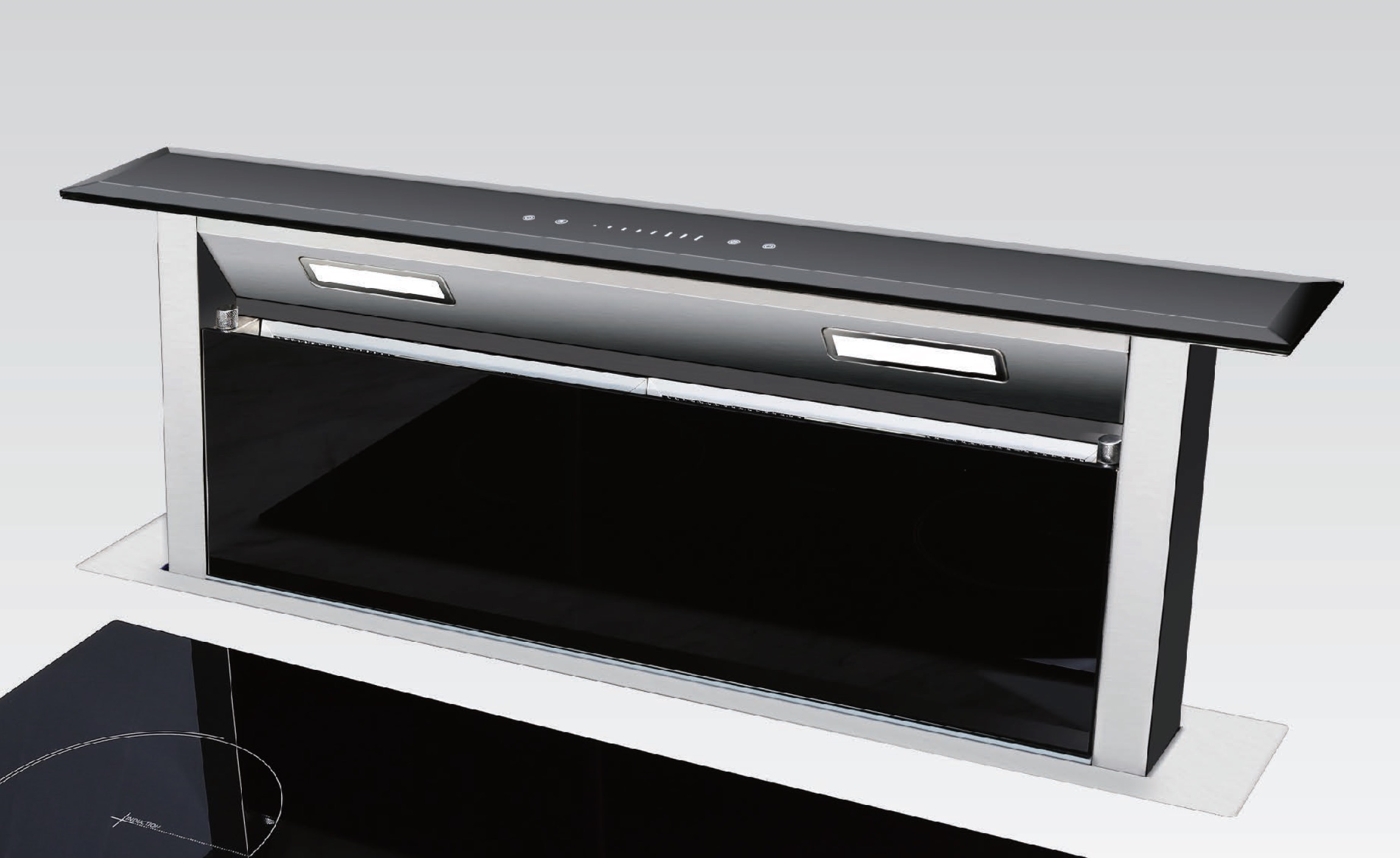
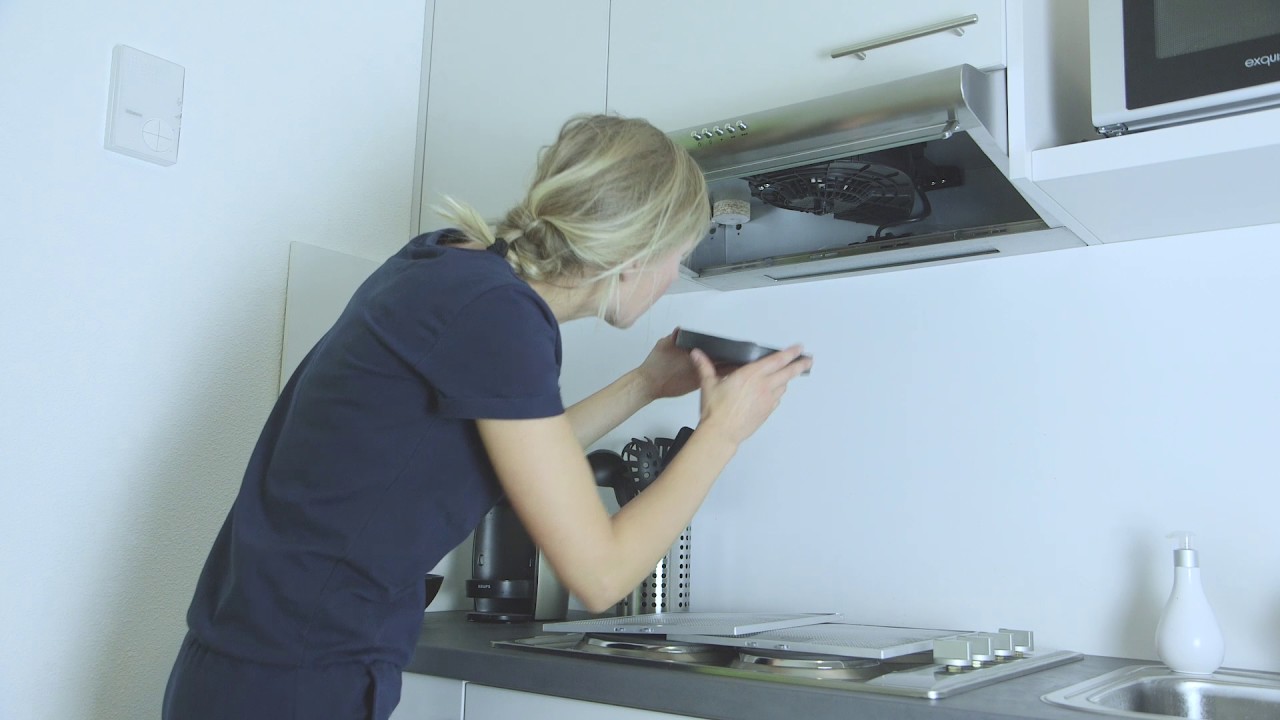

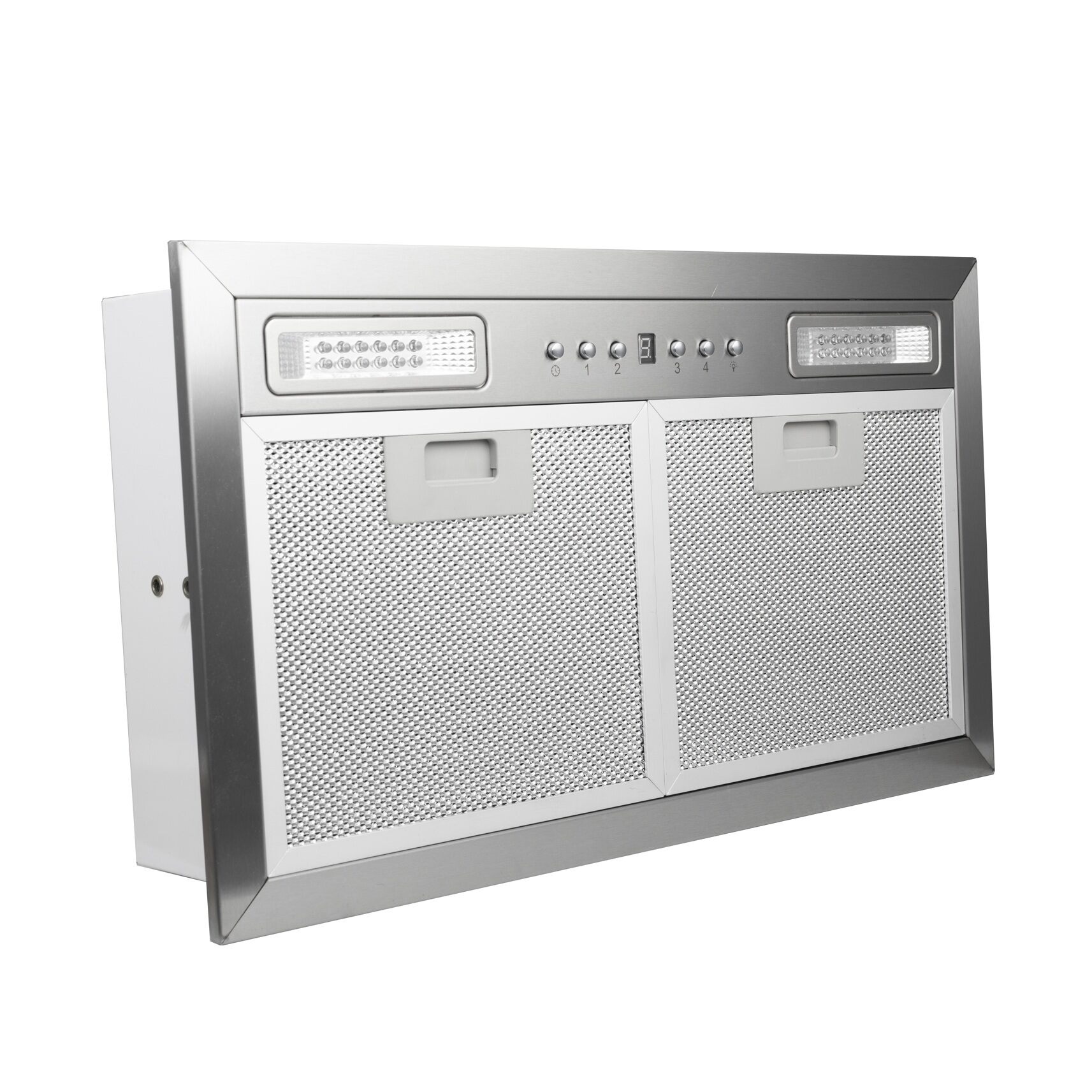

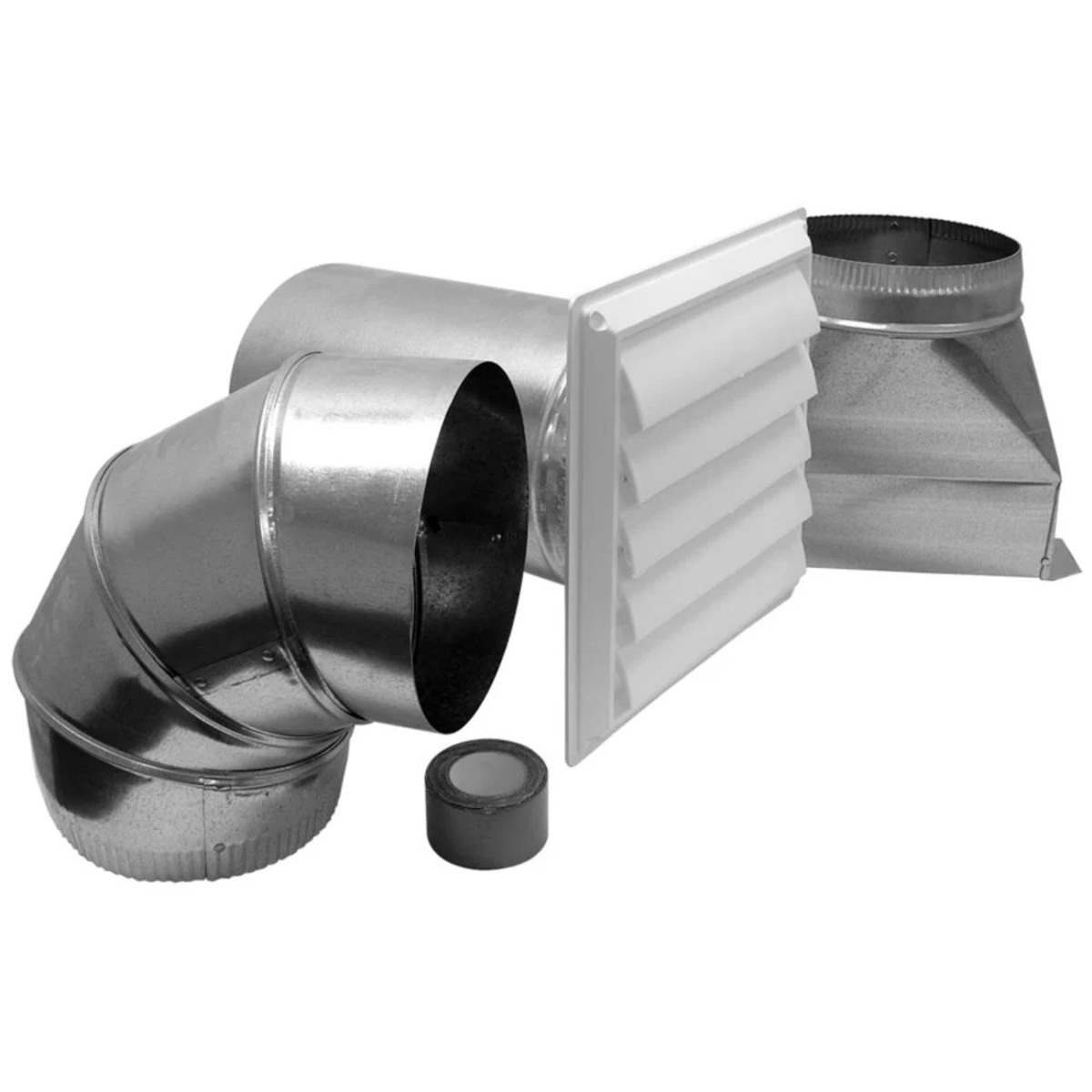
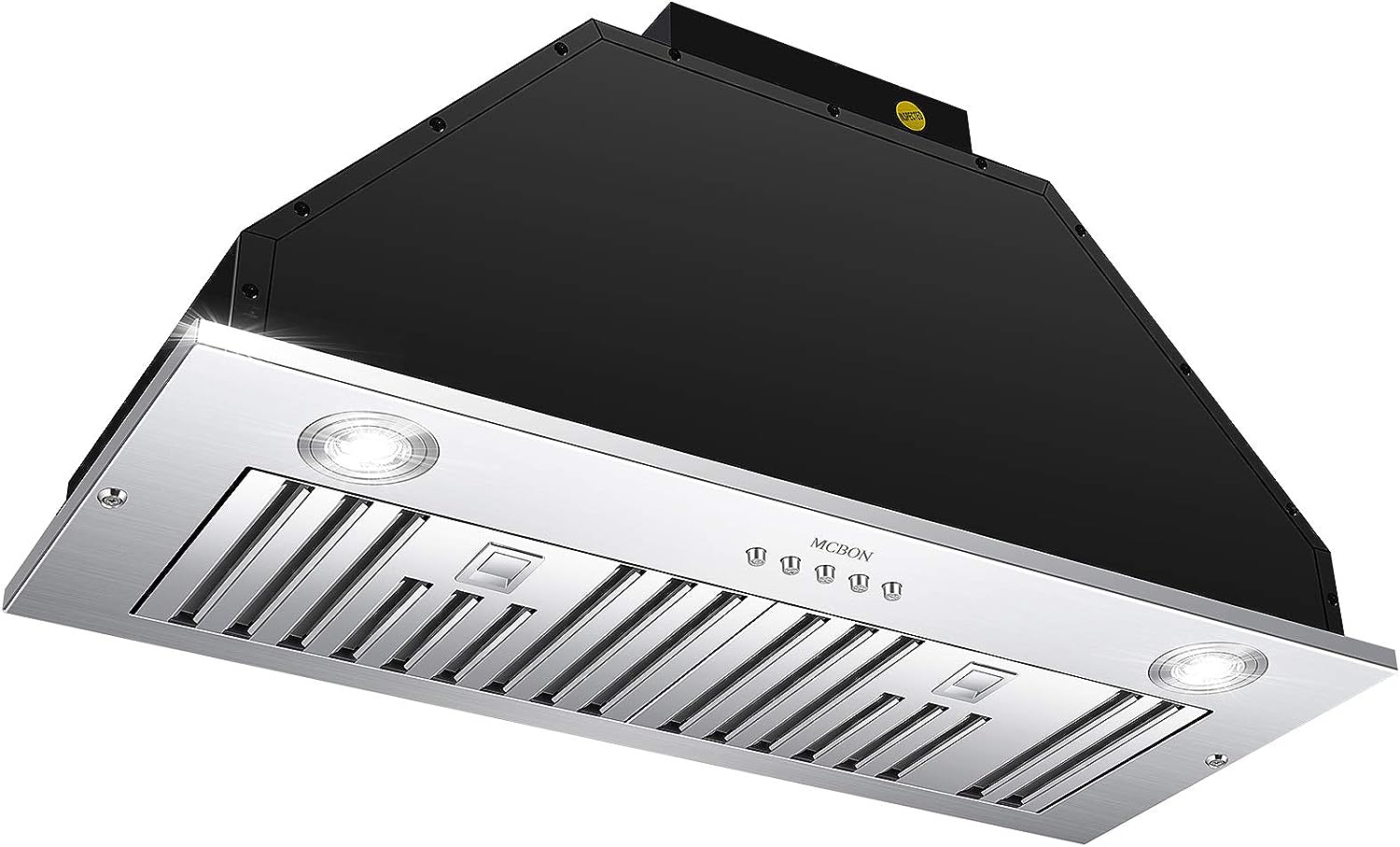
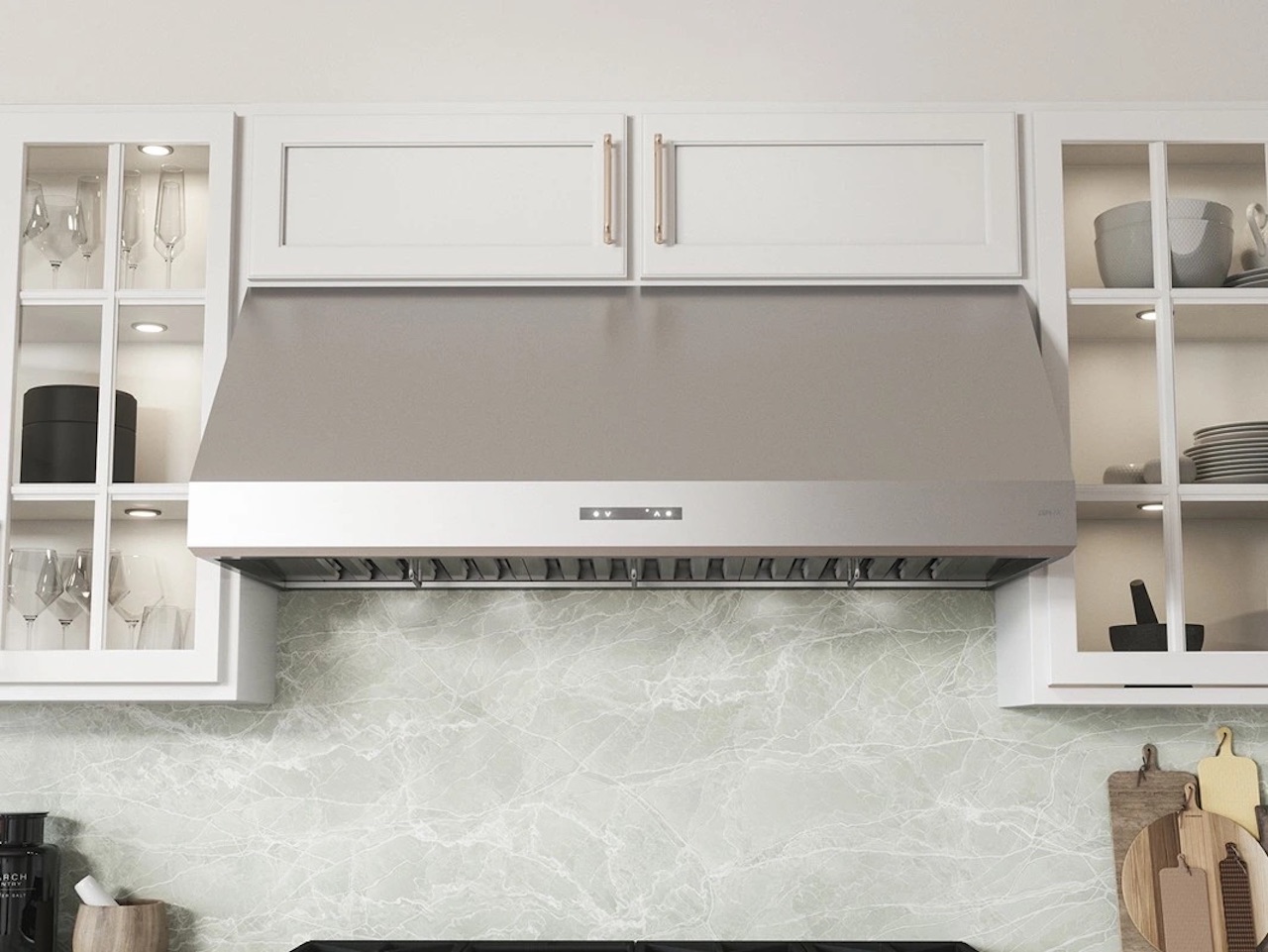

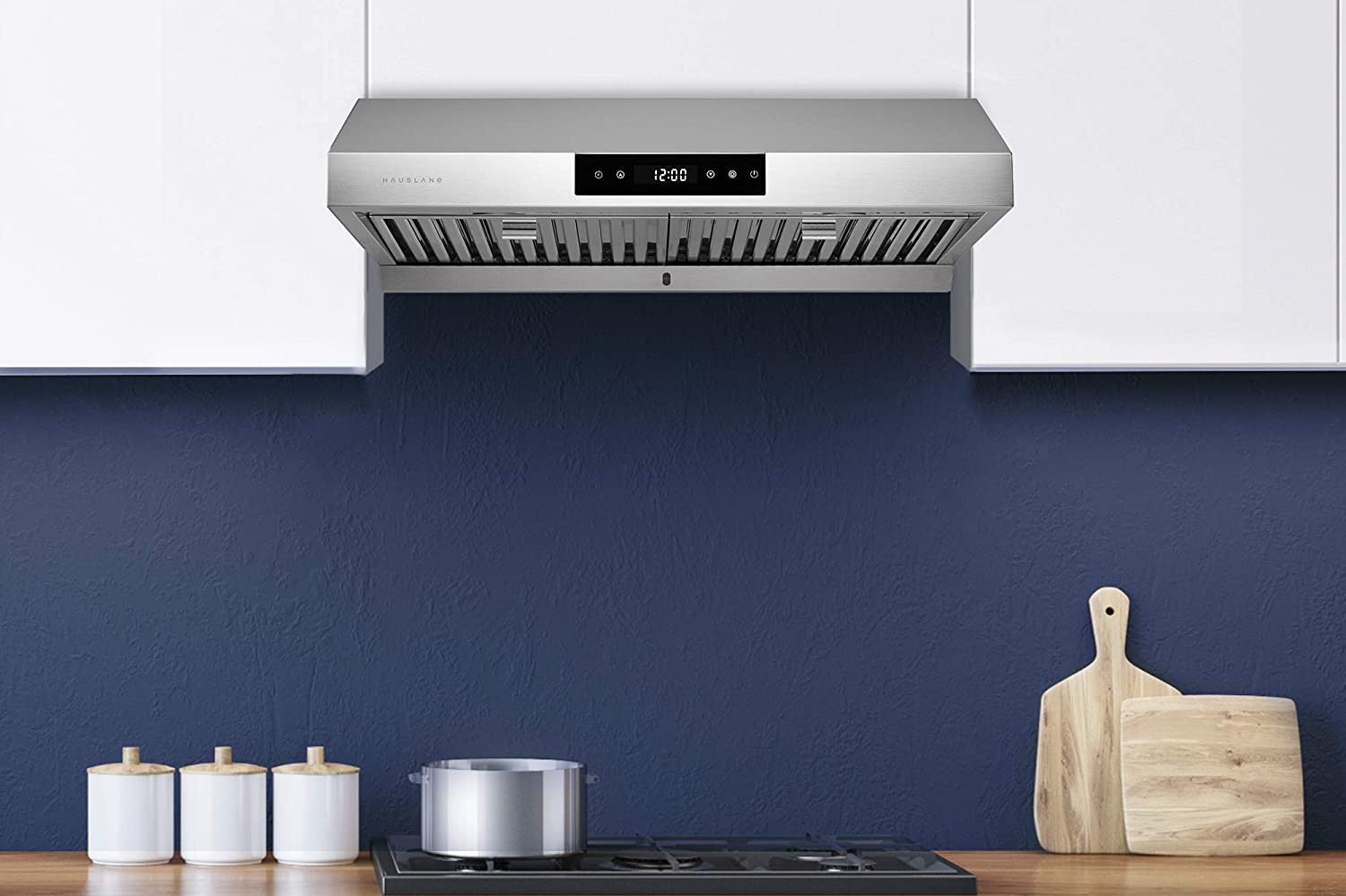

0 thoughts on “What Is A Solar Ventilation System For A Prius”